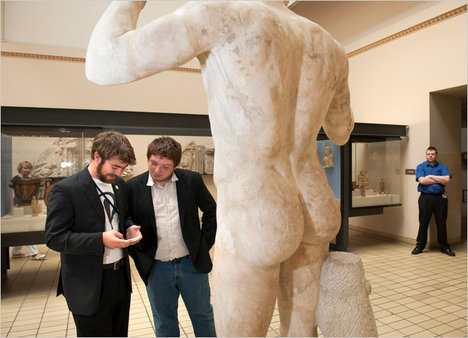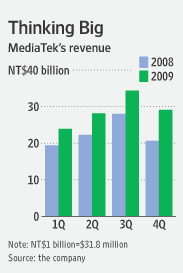(p. 293) But there was one exception. Right around 1980, Steve and a bunch of us from Apple got to tour the Xerox Palo Alto Research Center (PARC) facility, which is one of Xerox’s research and development labs.
Inside, for the first time ever, we saw real video displays–computer monitors–and they were showing something entirely new They were showing the first graphical user interface (GUI)–art interface that lets you interact with icons and menus to control a program.
(p. 294) Up to this point, everything had been text-based. That’s going to sound odd to all the people who don’t remember it, but that’s how everything worked back then. A computer user had to actually type in text commands–long, complicated ones–to make something happen.
But this experimental Xerox computer had windows popping up all over the place. And they were using this funny-looking device everyone now knows as a mouse, clicking on words and small pictures, the icons, to make things happen.
The minute I saw this interface, I knew it was the future. There wasn’t a doubt in my mind. It was like a one-way door to the future–and once you went through it, you could never turn back. It was such a huge improvement in using computers. The GUI meant you could get a computer to do the same things it could normally do, but with much less physical and mental effort. It meant that nontechnical people could do some pretty powerful things with computers without having to sit there and learn how to type in long commands. Also, it let several different programs run in separate windows at the same time. That was powerful!
A few years later, Apple designed the Lisa computer, and later the Macintosh, around this concept. And Microsoft did it a couple years after that with Microsoft Windows. And now, more than twenty-five years after we saw that experimental computer in the Xerox PARC lab, all computers work like this.
It’s so rare to be able to see the future like that. I can’t promise it’ll happen to you. But when you see it, you know it. If this ever happens to you, leap at the chance to get involved. Trust your instincts. It isn’t often that the future lets you in like that.
Source:
Wozniak, Steve, and Gina Smith. iWoz: Computer Geek to Cult Icon: How I Invented the Personal Computer, Co-Founded Apple, and Had Fun Doing It. New York: W. W. Norton & Co., 2006.






